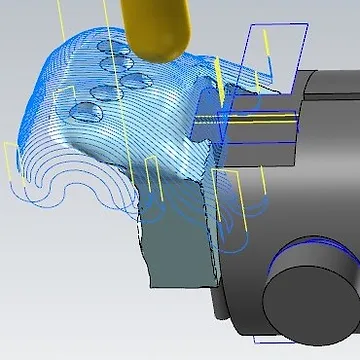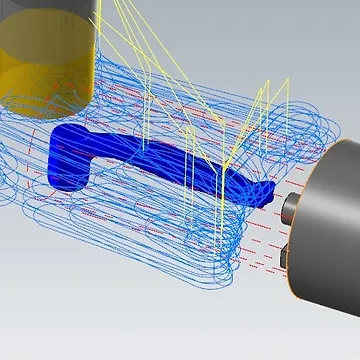Technical Information
Condylar Head Design Increases Contact and Reduces Wear
The standard design for the condyle in the OrthoTiN TMJ prosthesis is a modified barrel shape which allows for line contact between the condylar head and the UHMWPE bearing surface. This shape allows for greater contact area and disbursement of load as compared to the traditional ball design, which uses point contact. The barrel is beveled on either side to allow for a greater range of motion and to adapt a superior fit to the condylar surface. The increased contact area decreases the wear of the polyethylene bearing. Mathematical analysis shows an approximate ten-fold decrease in load disbursement, which offers a significant biomechanical advantage over conventional ball on flat surface.
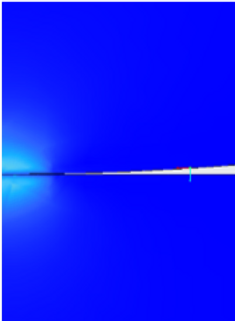
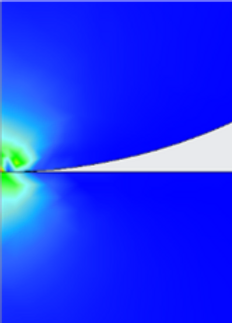
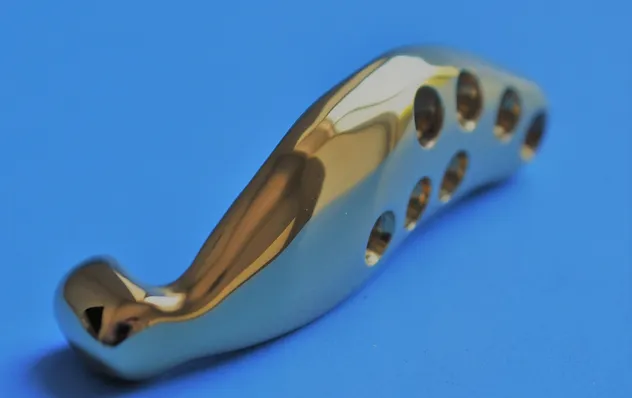
C-TiN-C TiN on Ramus Reduces Wear and Friction
In order to provide for durability of the implant, a titanium nitride (TiN) surface coating is applied to the entire ramus component (C-TiN-C). C-TiN-C is a near diamond hard, and highly biocompatible coating that is ionically bonded to the substrate. When used as a bearing surface and coupled with UHMWPE, the coating greatly reduces wear in UHMWPE bearings and can reduce wear by 2/3 when compared to Co-Cr/Poly wear couple. C-TiN-C finished stems generate much less abrasion debris, and the debris is inert because it consists of nontoxic Ti and N ions. This makes C-TiN-C finished titanium the most mechanically and biologically compatible implant material available.
Biological Compatibility
The advantages of titanium alloy over the traditional Co-Cr alloy used are numerous. The increased flexibility of titanium alloy allows for more of the load to be carried by the bone, reducing stress protection of the bone. Titanium alloy is also more biocompatible than Co-Cr alloy, whose major components can be carcinogenic. Titanium alloy is stronger than Co-Cr alloy in fatigue and yield resistance. The main disadvantage of titanium alloy is its inferior abrasion resistance, a problem minimized with the use of the extremely hard TiN coating. With the use of C-TiN-C, there is no need for a Co-Cr condylar head, which eliminates the metal-metal interface. Orthopedic specimens with modular heads have shown a disturbing degree of corrosion at the connection interface, as a result of micromotion in the interface (fretting corrosion). This issue is functionally eliminated by the one-piece condylar design, also have the benefit of reducing prosthesis cost and enhancing overall strength.
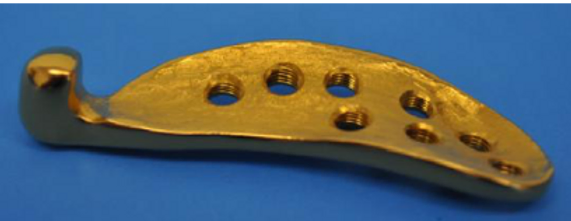
OrthoTiN TMJ Manufacturing Protocol
Case Visualization:
- Conduct 3D segmentation of patient data
- Submit images for surgeon’s review and surgical planning
- Prepare 3D printed Biomodel for surgical reference and device verification
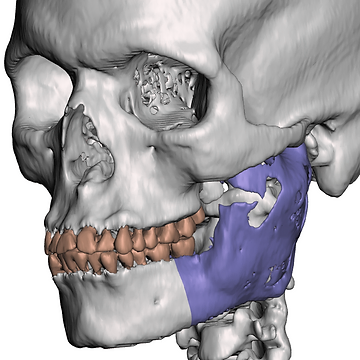
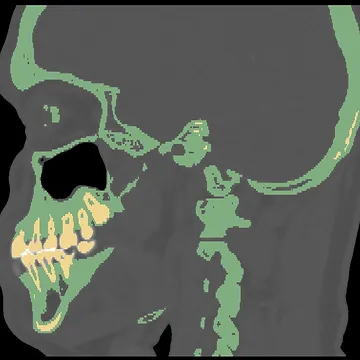
Implant Design:
- Design Fossa and Ramus Component to fit patient anatomy
- Verification of placement, occlusion, screw positioning, and patient specific requirements
- Surgeon review via video conference
- Implement surgeon feedback into final design
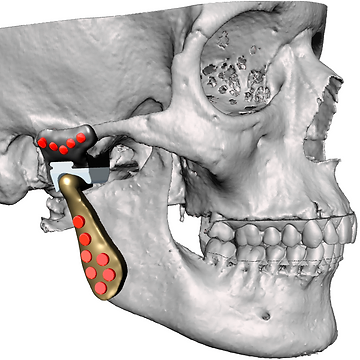
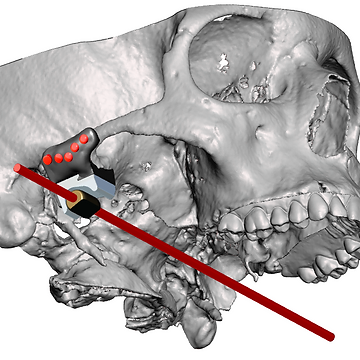
Implant Manufacturing:
- 5-axis milling from solid Ti6Al4V
- Fitting of the implants to biomodel
- Pre-coat polishing
- C-TiN-C ceramic coating
- Post-coat polishing
- Final inspection and prosthesis assembly verification with biomodel
- 10 days TMJ manufacturing lead time
